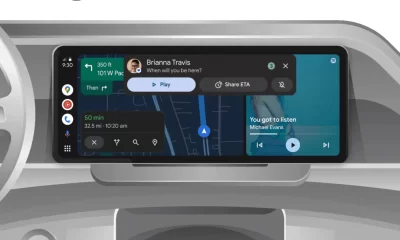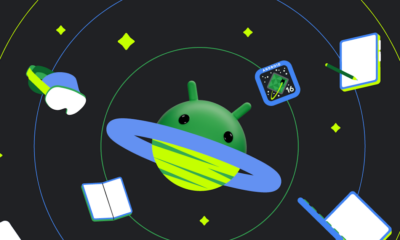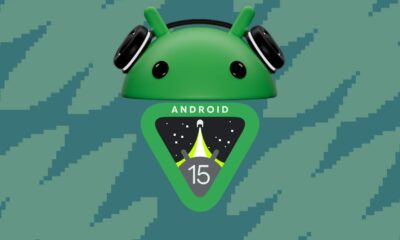Google enhances Android experience: New features for smart home screensaver, Gboard, and Weather integration

Google continues to enhance its suite of Android tools, with updates that make devices more convenient and intuitive for users. Whether you are using Android tablets, or foldable devices, or simply want a more integrated Smart Home experience, Google’s latest developments focus on making everyday tasks easier and more efficient. Here’s a detailed breakdown of the latest updates, including new screen-saver features, weather integration, and Gboard enhancements for Android tablets.
Google Smart Home Screensaver Gets a Weather Boost
Google’s Smart Home screensaver, previously known for its ability to control devices from the lock screen, is receiving an exciting update. Now, alongside quick access to your smart devices, the screen will display live weather information. This means you’ll no longer have to unlock your phone or open an app just to check the weather – it’ll be right on your screensaver, easily visible whenever you glance at your device.
This update has been widely anticipated, as users had expressed frustration over the lack of live display elements, such as Google’s “At a Glance” widget. Google has responded to this feedback by integrating a weather feature directly into the screensaver, which is expected to launch with Android 15.
A Convenient Addition for Pixel and Tablets
The new Smart Home screensaver is designed to be especially useful for those with Pixel devices, tablets, or smartphones that are set up as ambient displays. Whether your device is docked in a charging station or simply acting as a home control hub, the ability to quickly check the weather or control smart devices without unlocking the screen adds significant convenience. The feature is expected to debut on Google Pixel tablets with docking stations and Pixel 9 phones, making the setup even more versatile.
In particular, if your smartphone is placed on a wireless charger, the weather and smart device control features will be displayed prominently, giving users a real-time view of their environment while charging.
Gboard’s Improved Keyboard Experience for Tablets and Foldable Devices
In addition to enhancing the Smart Home screensaver, Google is also working on improving the user experience for Android tablets and foldable devices through updates to its Gboard app. These improvements focus on keyboard shortcuts, making them easier and more intuitive to use.
Previously, navigating through the various keyboard shortcuts on Gboard could be a tedious process, especially with the long lists of functions. To simplify this, Google is introducing a categorized menu system. This new organization will use tabs to allow users to quickly find the desired shortcut without endless scrolling. This is particularly useful for tablet and foldable device users, where screen real estate can be better utilized.
The tabs are strategically placed on the left side of the screen, ensuring users can easily access them with their thumbs – a significant improvement in terms of usability. These updates follow other recent Gboard enhancements, such as emoji selection via side menus, which have already made the app more user-friendly.
Rolling Out the Updates: What to Expect
While these updates bring significant improvements to Android’s functionality, they might take some time to fully roll out. It’s expected that the weather integration on the Smart Home screensaver and the Gboard enhancements will become available around the end of the year, starting with Pixel devices. Google continues to refine these features, ensuring that by the time they arrive, they’re fully optimized for Android 15.
A Smarter, More Efficient Android Experience
Google’s ongoing commitment to improving its Android ecosystem is clear with these updates. By integrating weather information into the Smart Home screensaver and making Gboard more intuitive for tablet and foldable device users, Google is working to make its devices more functional and user-friendly.
With Android 15 on the horizon, users can expect even more enhancements, potentially including additional customization options for the Smart Home screensaver and even deeper integration with third-party services. Whether you’re looking to manage your home with ease or type more efficiently on your tablet, these updates offer something for everyone.
Google’s forward-thinking approach ensures that Android remains not only relevant but also at the forefront of smart device integration and functionality. Keep an eye out for more innovations as Google continues to push the boundaries of what’s possible on your devices.
Android
Google updates Gboard emoji kitchen and Android Auto with new features
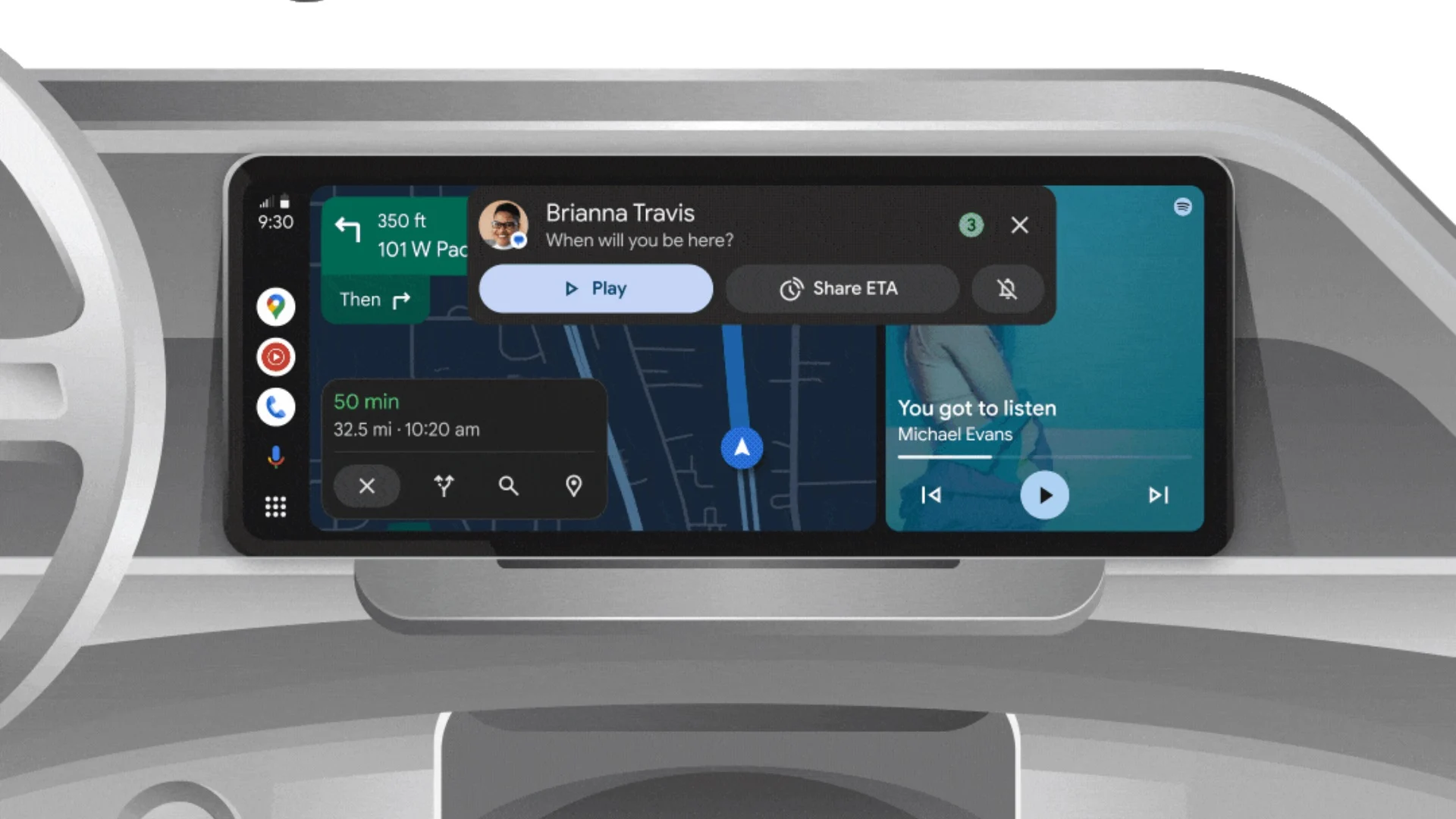
Google is bringing some fresh updates to make Gboard and Android Auto even better.
Starting with Gboard, the Emoji Kitchen now has a new “Browse” section. This makes it easier for users to find different emoji sticker combos. You can tap on any emoji and instantly see all the creative mixes available. Plus, there’s a search bar to help you look for specific stickers. This new feature is rolling out first to Pixel devices, with other Android phones expected to get it in the coming months.
On the other hand, Android Auto is now getting the 14.3 beta update. Although there are no big changes yet, this version mainly focuses on fixing bugs and improving performance. Testers have noticed slight speed improvements, but no new features have been spotted so far. Google might be preparing for bigger changes in future updates.
Both these updates show that Google is working hard to make its apps smoother and easier to use. Gboard’s new browsing tool will make messaging more fun, while Android Auto’s small fixes are important for a better driving experience.
If you have a Pixel phone or are part of the Android Auto beta program, you might already see these updates. Otherwise, they should be available to more users soon.
Android
Android’s Find My Device speeds up with UWB coming soon
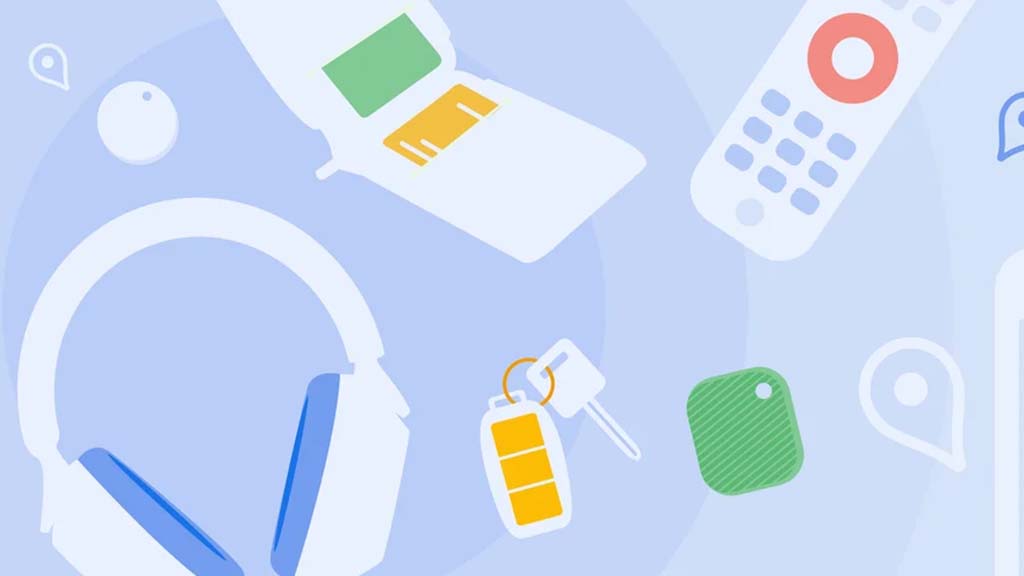
Google’s Find My Device network for Android has gotten a big boost, making it much quicker to locate misplaced items. Recent checks show it’s now four times faster than it used to be, keeping up with Apple’s AirTags in crowded spots like malls or events. For instance, at CES 2025, a tracker tucked in a bag updated its location just as fast as an AirTag nearby. This speed-up is thanks to more Android users turning on tracking for all locations, not only busy areas, which helps the system spot items more reliably.
In less crowded places, the network can still have trouble since fewer Android phones are nearby to share location signals. But Google’s working on this by nudging users through app alerts to enable tracking in quieter spots. Plus, recent updates to tracker software and apps have made connections more stable and accurate.
Looking ahead, Google’s gearing up to roll out ultra-wideband (UWB) technology. This will let you find items with pinpoint accuracy, even within a room, using cool augmented reality (AR) visuals, much like Apple’s setup. The Moto Tag, a tracker ready for UWB, is already available, just waiting for Google to activate this feature. Not all Android phones support UWB yet, but future models like the Pixel 10 might include it. These changes prove Google’s determined to make its Find My Device network a top choice for tracking lost stuff.
Gmail and Google Photos get new design and useful updates
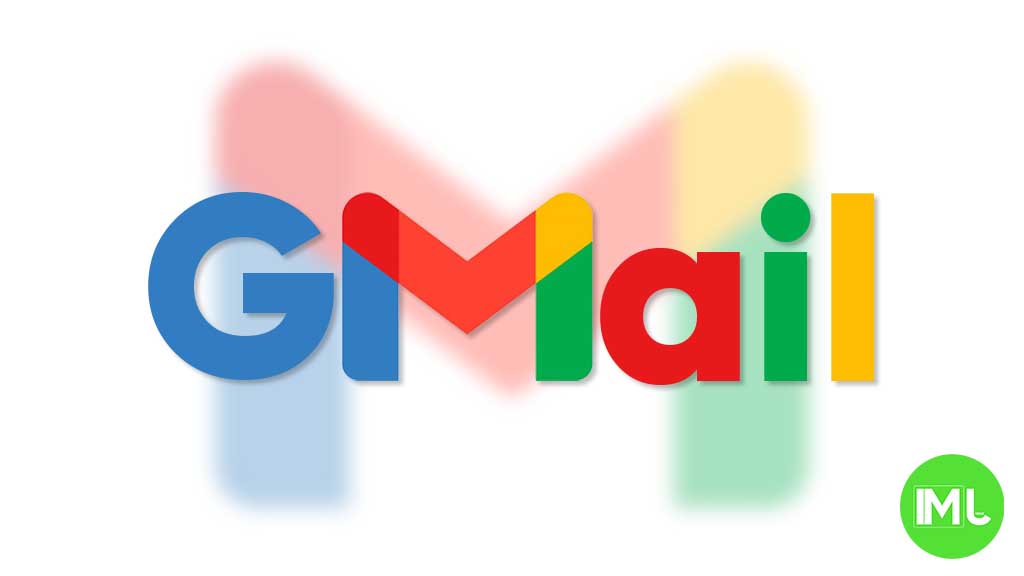
Google is giving Gmail and Google Photos some fresh updates to make things easier and more user-friendly.
First, Gmail on the web is now getting a new layout option. You can choose between “Cozy,” “Comfortable,” or “Compact” views based on how much space you want between your emails. Google is also adding a setting to control whether your inbox and labels stay on screen or only show up when needed. These changes make it easier to personalize how Gmail looks and feels.
Meanwhile, Gmail for iPhone is getting a visual upgrade. The app now uses Google’s updated design style called “Material 3.” You’ll notice a cleaner look with a rounded search bar at the top, smoother icons, and better spacing. Although the bottom bar and buttons look mostly the same, the overall design feels more modern and easier on the eyes.
Lastly, Google Photos is bringing back a helpful feature. The classic search shortcut that appears in the bottom bar is returning, making it quicker to find your photos. Before this, the shortcut had been removed when Google added the new “Memories” tab. Now, both features work together, letting you browse memories and search with ease.
These updates aim to make Google’s apps feel more useful, clean, and easier to use on both desktop and mobile.
-

 Apps1 year ago
Apps1 year agoGboard Proofread feature will support selected text
-

 News1 year ago
News1 year agoSamsung USA crafting One UI 6.1.1
-

 News1 year ago
News1 year agoBreaking: Samsung Galaxy S22 may get Galaxy AI features
-

 News1 year ago
News1 year agoSamsung Galaxy S23 Ultra with One UI 6.1 and all S24 AI features revealed
-

 News1 year ago
News1 year agoOne UI 6.1 Auracast (Bluetooth LE Audio) feature coming to many Samsung phones
-

 News1 year ago
News1 year agoSatellite SOS feature coming to Google Pixel phones, evidence leaked
-

 Apps11 months ago
Apps11 months agoGoogle’s fancy new Weather app is finally available for more Android phones
-

 News1 year ago
News1 year agoGoogle Pixel evolves as Europe’s third best selling flagship

